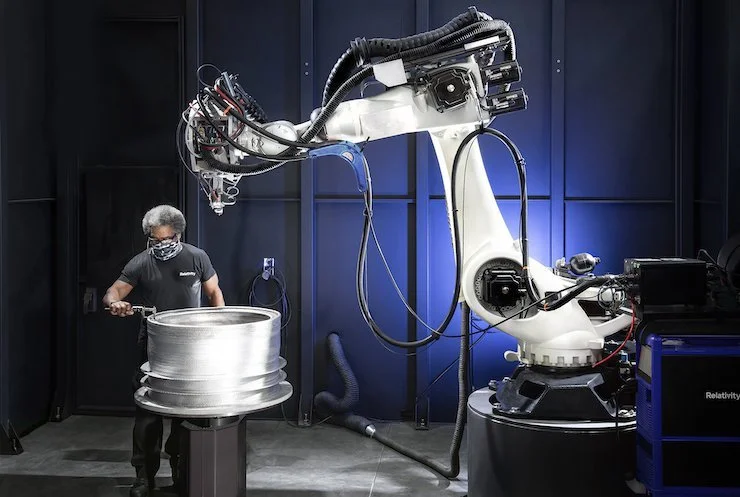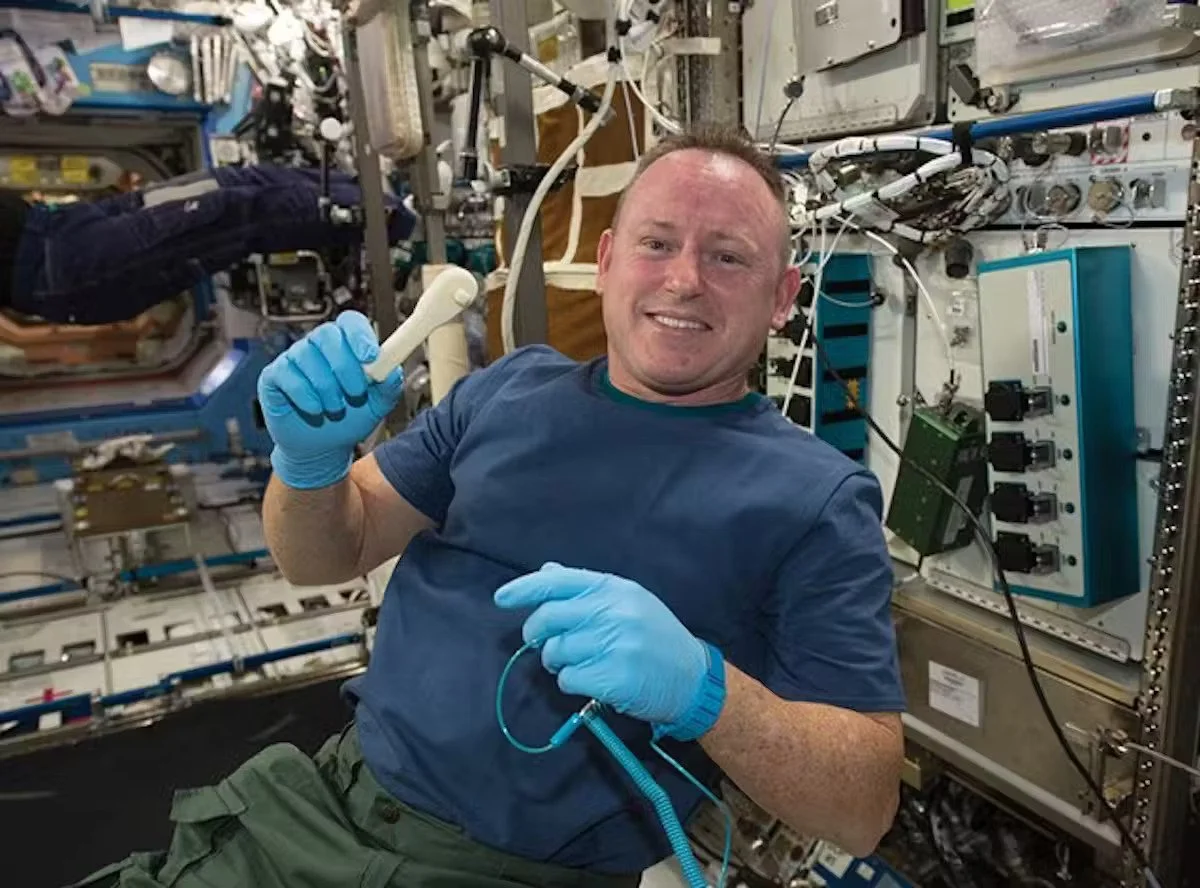In-Space Manufacturing: Printing Vital Components on-Orbit
Relativity Space's Stargate 3D printing technology
Credit: Relativity Space
Advanced 3D printing as the first profitable factory in orbit
The fastest way to make space operations cheaper and more resilient is to stop waiting on Earth. On-orbit additive manufacturing lets operators produce brackets, thermal radiators, antenna elements, propellant lines, and other mission-critical parts exactly where they’re used. No launch delays, no spare-parts inventory deadweight, and no single-point failures because a minor component cracked during ascent. The commercial win is uptime: every hour of restored service creates customer value, while every kilogram not launched avoids cost and schedule risk.
The earliest viable products are compact, standardised parts with clear specifications and predictable materials behaviour. Think structural mounts, cable guides, heat-dissipation fins, and repair patches—items that don’t require clean-room assembly or human dexterity. Autonomous inspection and in-situ testing close the loop so quality assurance happens before the part leaves the build plate. Reuse comes from circulating raw feedstock between printers and recyclers.
Astronaut Barry Wilmore presents a 3D-printed wrench produced on the International Space Station
Credit: NASA
Commercial takeaways
Providers increasingly frame on-orbit printing as an availability and reliability service embedded within stations, depots and large constellations. Early demand is coming from satellite operators with strict service commitments, station operators seeking faster refits, and orbital tug companies focused on turnaround times. Commercial offers are appearing as capacity allocations—build hours, qualified materials and design libraries—rather than one-off part sales. Access to customers is developing through hosted-payload arrangements and integration partnerships with servicing firms. Adoption tends to begin with parallel qualification campaigns, where printed parts fly alongside conventional spares and performance data underwrites confidence.
The business compounds with each print: telemetry improves process control, scrap rates fall, and libraries of approved designs become a defensible asset. This is Manufacturing-as-a-Service, delivered where latency matters most— on-orbit.

